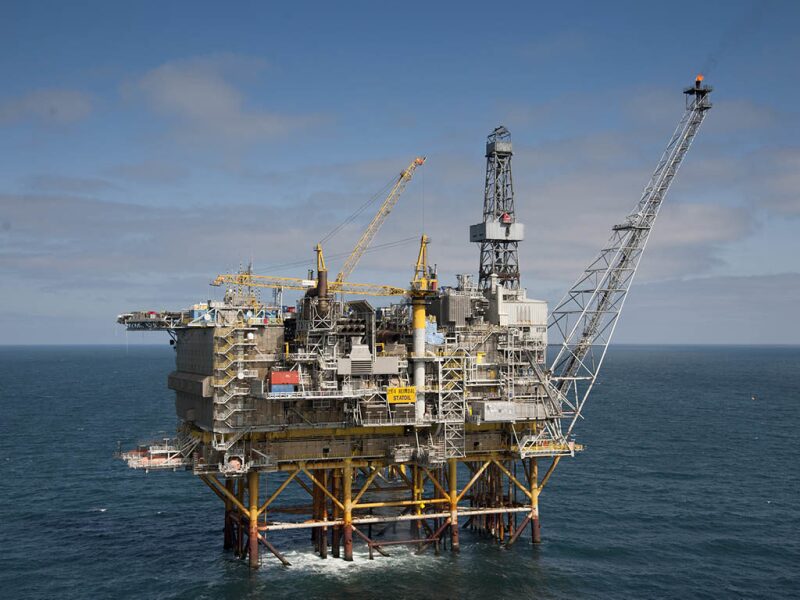Summary
Well-defined performance indicators can motivate optimal operation of offshore oil and gas platforms. We evaluate several thermodynamic performance indicators presented in the literature according to three criteria: Thermodynamic performance indicators should evaluate the use of technically achievable potential, they should evaluate the use of theoretical potential, and they should evaluate the total use of energy resources. The performance indicators are tested on four North Sea facilities, and the results are discussed. We recommend the use of a set of indicators for a thorough evaluation of oil and gas platforms—the best-available-technology efficiency on an exergy basis, a task exergy efficiency, and the specific exergy destruction.
Introduction
Offshore oil and gas extraction was responsible for approximately 20% of the total grow greenhouse-gas emissions in Norway in 2011 (Statistics Norway 2013). These emissions were mainly caused by the natural-gas and diesel-oil combustion required on offshore facilities to meet the on-site power and heat demand. Reduction of carbon dioxide (CO2) and nitrogen oxide (NOx) emissions on oil and gas offshore facilities is a challenge because performance and reliability requirements, as well as space limitations, lead to conservative choices of technology. The overall design of such installations is similar for all platforms. However, each oil field has specific natural characteristics (e.g., gas/oil and water/oil ratios, pressure and temperature levels, reservoir-fluid properties), each platform has particular design setups (e.g., number of compression trains, export specifications, unit inventory), and different oil-recovery strategies (e.g., seawater or gas injection, pressure depletion) are used. Moreover, the production flows on-site vary significantly over the lifespan of the field, which create challenges in maintaining efficient processing. Evaluation of such systems is complicated, and performance indicators should be chosen with care to make a meaningful comparison.

